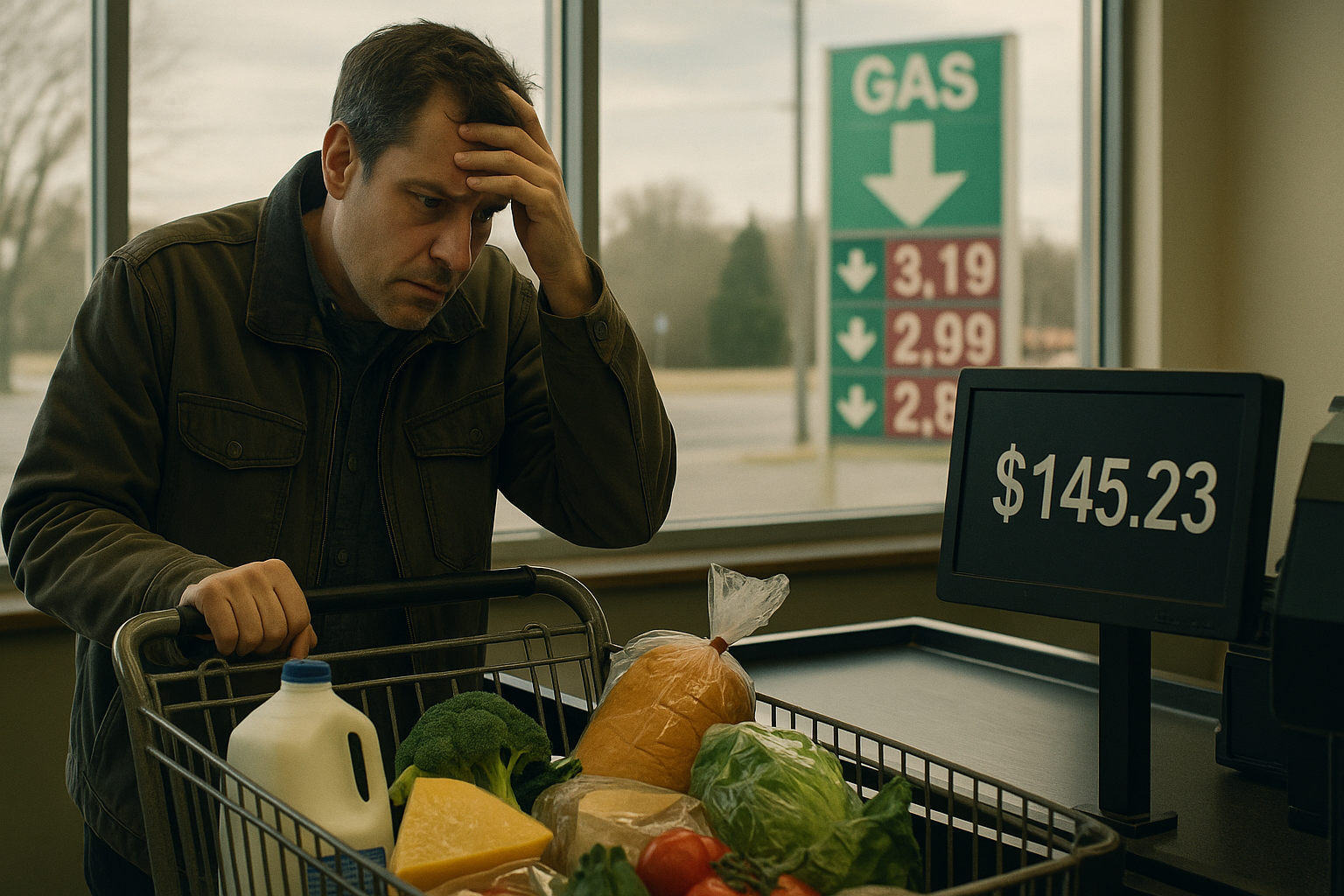In retail's latest panic-fueled marketing strategy—and trust me, I've seen some doozies over my years covering consumer trends—stores across America are practically begging shoppers to open their wallets before Trump's promised tariffs slam shut on affordable imports.
"Hurry up and buy this $89 tote bag now, because next month it might cost you $130!" That's essentially the pitch coming from brands like Beis, Bare Necessities, and Fashion Nova, who've decided that macroeconomic anxiety makes for one hell of a sales trigger.
It's fear-mongering meets flash sale, and it's... working?
Look, retailers have always played with urgency tactics. But there's something uniquely 2024 about transforming complex trade policy into Instagram-ready promotional material. Gone are the days of simple "While Supplies Last!" messaging. Now it's: "While Global Trade Relationships Remain Somewhat Functional!"
The messaging from lingerie retailer Bare Necessities particularly caught my eye. "Tariffs? No clue. A good deal? We got you," read one of their promotions. Another candidly admitted, "We didn't know how to spell tariff last week." That's both refreshingly honest and a perfect encapsulation of how quickly businesses must adapt to presidential policy pronouncements these days.
Behind the clever copy, though, lies a calculated business strategy.
"It's better to have 80% of the dollars now versus having to clear things or not getting any demand in the door two months from now," explained Sonia Lapinsky from consulting firm AlixPartners. This is classic business pragmatism—grab those dollars today, because tomorrow's consumer might be too freaked out by higher prices to shop at all.
What fascinates me about this approach (having tracked retail psychology trends since the pandemic) is how it flips traditional pricing strategy on its head. Normally, retailers try desperately to hide price increases, phasing them in gradually or shrinking package sizes instead. Now? They're practically shouting about future price hikes from rooftops, turning what should be depressing news into a compelling reason to shop.
It's loss aversion on steroids. Not "here's a great sale," but "your last chance before everything gets more expensive!" The fear of missing out on pre-tariff prices apparently trumps the simple joy of scoring a discount.
For shoppers, though, the math gets complicated. Should you really stock up on imported underwear before tariffs kick in? That depends—do you believe retailers' warnings? Do you need those items now? And will prices actually rise by the full tariff amount?
(Spoiler alert: markets have a funny way of finding workarounds. Supply chains adjust, sourcing shifts, and margins get recalculated. Your underpants drawer probably isn't facing an existential crisis just yet.)
Meanwhile, behind those panicky email blasts, serious business restructuring is happening. Companies importing from China—now potentially facing a staggering 145% duty—are frantically searching for manufacturing alternatives in Vietnam, Cambodia, and elsewhere. The global trade map is being redrawn in real time, with your consumer purchases caught in the crossfire.
The thing is, this consumer hesitation didn't start with tariff talk. Lapinsky noted that skittish shopping behavior has been building since February-March, suggesting retailers were already fighting headwinds. The tariff situation just gave them a convenient narrative—and deadline—to push hesitant shoppers over the edge.
In a way, it's the perfect storm of retail anxiety meeting consumer anxiety, with everyone hedging against an uncertain economic future.
Who wins? Well, creative marketing teams, for one—they've somehow managed to make international trade policy sexy enough to sell lingerie. That's no small feat in today's fractured attention economy.




